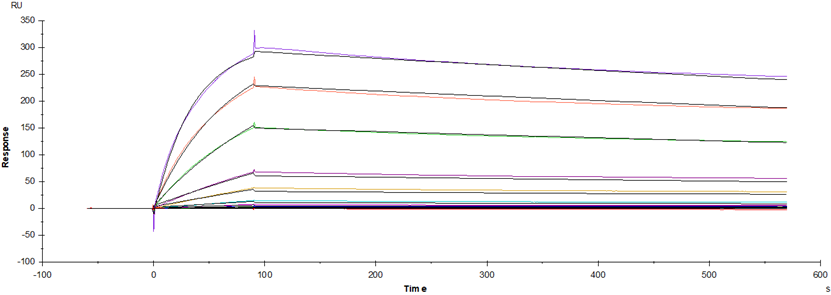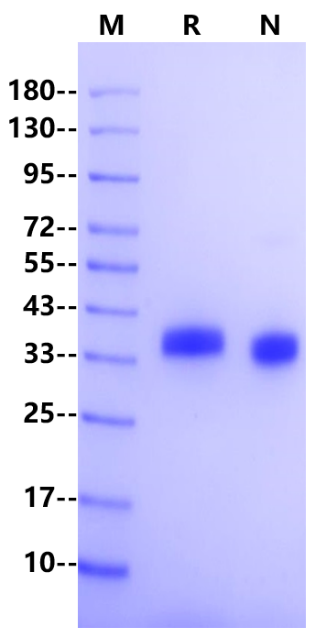>95%, by SDS-PAGE under reducing conditions
Coronaviruses (CoVs) are enveloped viruses with a positive sense RNA genome, that belong to the subfamily Coronavirinae within the family Coronaviridae, which is part of the Nidovirales order. The CoV virion contains at least four structural proteins: spike (S), envelope (E), membrane (M) and nucleocapsid (N). Among them, the S protein plays an essential role in viral attachment, fusion, entry, and transmission. It comprises an N-terminal S1 subunit responsible for virus–receptor binding and a C-terminal S2 subunit responsible for virus–cell membrane fusion. S1 is further divided into an N-terminal domain (NTD) and a receptor-binding domain (RBD). During infection, CoV first binds the host cell through interaction between its S1-RBD and the cell membrane receptor, triggering conformational changes in the S2 subunit that result in virus fusion and entry into the target cell.

